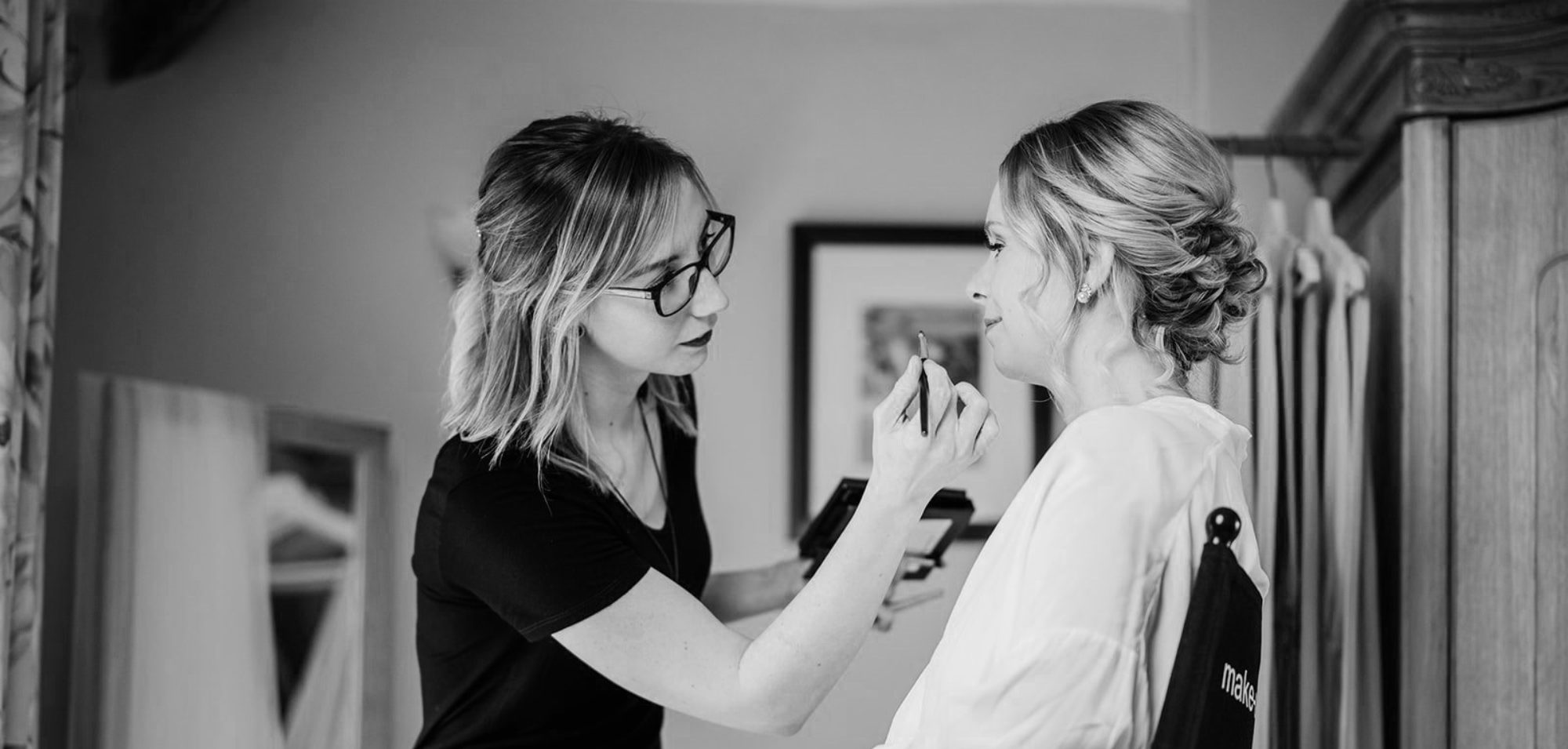1837AD – 1901AD

Skincare:
Skincare in the Victorian times consisted of face creams (cold creams) that were made from almond oil, white wax, and spermaceti (Sperm whale oil). They would generally be too expensive for the very poor to middle class people so a lot of ladies would make their own creams and waters. They contained rose, almond, elderflower, oats, lemons, flowers soaked in water to make a face wash. Or sugar scrubs to exfoliate. They also didn’t eat much to try and reduce pimples.
Make-up:

Queen Victoria didn’t like make-up; it was deemed vulgar to wear and it was left to actresses and prostitutes. However, women did wear it, but never admitted to it. Some even had secret draws in their medicine cabinets to hide it. It was still considered that women should have pale skin with no freckles or pimples as it was a sign of nobility, just as times gone before. Cheeks and lips should be rosy, eyebrows well defined and plucked into shape. Men believed a woman’s place was in the home and to look beautiful for him to “lift his spirits!”
It was acceptable to buy face powder over the counter as it was classed as a medical item. It was made from zinc oxide for the pale look, or from scented starch, like talcum powder, or powdered milk of magnesia, rice powder, or French chalk. There were also coloured face powders such as a slightly blue one to counteract the yellow lighting given off by oil lamps. They didn’t give much coverage, just concealed the redness on the face and reduced shine on the skin. It was usually applied with a cotton bag, then by the turn of the century, a rabbit’s foot became a popular ‘powder brush’.
For lips they would smudge on fruits or flowers, or use carmine from red beetles mixed with wax or animal fat. Or for those wanting an even subtler look, they would just apply beeswax or a cold cream to their lips for a gloss. This was the same for cheeks, or they would just pinch them to give them a natural flush. Another way was to soak a piece of gauze in pink liquid (e.g. beetroot juice), let it dry and then dust the gauze onto the cheeks.
For eyes, it was ideal to have big and dark ‘doe eyes’, but without looking like you’re wearing make-up! So, ladies would drop in lemon or orange juice into their eyes to try and brighten them. Some even put belladonna in their eyes to dilate the pupils; this was poisonous and would cloud vision.
It was considered a ‘birth defect’ to be born with fair hair. Darkening eyebrows and eyelashes was important for women to be classed as attractive. Charcoal, elderberry juice, Indian ink were applied to brows and lashes and sometimes to the eyelid using fingers then excess would be wiped away. They would also put beeswax on their lashes and then apply black powders such as soot or crushed precious stones to enhance them. They applied castor oil to their eyelids to attract the light without adding colour. Sometimes they would trim their eyelashes as they believed they would grow back thicker.
When beauty products were becoming more popular, actresses and performers would help to advertise big brands, just as they do now. However, these ready made products would contain lead, mercury, belladonna and other poisonous ingredients. Most women would buy them via mail order so as not to be seen asking for them. They were kept hidden in the department stores and pharmacists.
Hair
A Victorian woman’s hair was one of her most valuable assets. The longer her hair the more feminine she was, haircuts weren’t really a ‘thing’ for women yet, though sometimes they did trim or singe split ends.
After the age of 15/16, girls would start wearing their hair up. Styles in the early Victoria era were usually a middle parting with a neat bun at the back with braids or twists in the sides. Sometimes they curled the sides and wore elaborate hair pieces made from human hair.
As fashion changed and hoop skirts became in fashion in the 1850’s, the hair styles got bigger to match. Still parting in the middle, they would pad the sides with “rats” (collected fallen hair from their own hairbrush etc.) into large rolls so their head became the same size as their waist.

NEXT: Early 1900’s
BACK: Georgian Period

